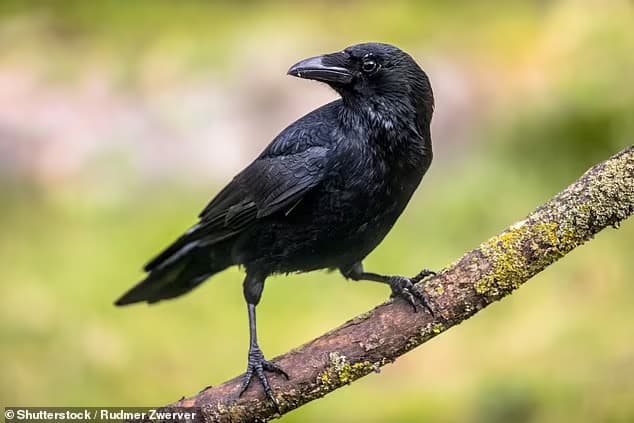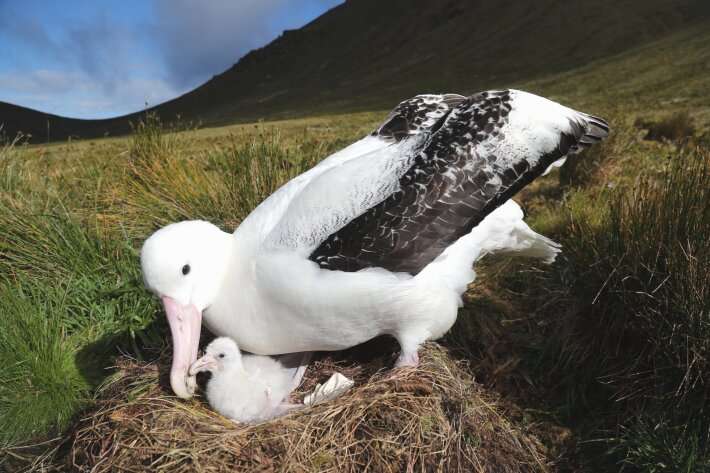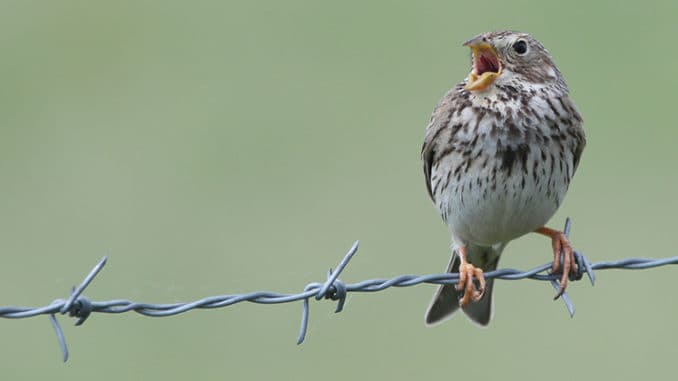Bird populations that make the great journey between northern Europe and Africa – including the nightingale and turtle dove – are drastically declining, conservationists have warned.
Nearly half of the 29 summer migrants, who appear in the UK in spring to breed before returning in the autumn, show long-term population declines.
The nightingale, famed for its song and for inspiring English poets, is one of a group of birds that spend winter in the African humid zone of Sierra Leone, Senegal, the Gambia and Burkina Faso that are suffering particularly badly.
Of this group of 11 humid zone species, eight are declining in number.
Other migrants that spend winter in Africa, such as cuckoos, whinchats and spotted flycatchers, are being found in the UK at half the number they were two decades ago.
The birds face pressures in the UK, on their journey between continents and in Africa too, the annual State of the UK’s Birds report by the RSPB and seven other nature organisations shows. It is the first time the report has grouped the health of birds by their migration strategies.
In the UK, birds have lost habitat to farmland and housing. Nightingales and other species are under threat from rising deer numbers, as the deer browse on young woodland.
On their epic journeys across the Mediterranean, many birds are also shot and caught in nets – an estimated two to four million turtle doves are killed in southern European countries each year, contributing to the 95% decline in turtle dove populations since 1970.
Malta, a hotspot for illegal bird hunting, became the focus of a campaign by birders including BBC broadcaster Chris Packham in May, and the recent nomination of a member of the Maltese government as the EU’s new environment commissioner sparked fresh controversy over the country’s wildlife crime record.
In Africa, the report’s authors say birds are losing habitat as forests are cleared for fuel and to make way for farming, and wetland ecosystems are being drained and dammed.
“In the humid zone, we know there is large scale environmental change occurring, due to human requirements for growing food. There is a lot of change, particularly on irrigation for crops. Lots of habitats are being changed or degraded,” said Daniel Hayhow, a conservation scientist at the RSPB.
But the conservationists say the length of the birds’ journeys makes it hard to pinpoint at which point in the cycle the greatest stresses are being brought to bear.
Martin Harper, the RSPB’s conservation director, said: “Their nomadic lifestyle, requiring sites and resources spread over vast distances across the globe, makes identifying and understanding the causes of decline extremely complex. The problems may be in the UK or in West Africa, or indeed on migration in between the two.”
Climate change is also adding to the migrants’ problems, creating a ‘phenological mismatch’ where warming temperatures mean the caterpillars that birds feed on are not out in high numbers at the right time. However, the report says some declining species, such as wood warblers, are adapting by switching to other food such as spiders and flying insects.
Not all of the 29 summer migrants are doing so badly. Those that winter north of the Sahara, such as blackcaps and chiffchaffs, have seen substantial increases since the mid-1980s. But overall, the report shows, populations of migrants are doing much worse than species which don’t migrate and are comparatively stable in number.
Knowledge of the routes migrants take is still relatively patchy, but has begun to improve as increasingly small and affordable GPS tagging has been developed.
A cuckoo-tracking project that started in 2011 has shown that while each bird tends to take different routes, individuals show a “lot of consistency” and tend to stick to their routes, Hayhow said. Such technology would help target research and conservation efforts along the migrants’ routes, he said.

This article was first published by The Guardian on 16 Oct 2014. Lead Image: A nightingale in song. Nightingales and other species are under threat from rising deer numbers. Photograph: Alamy.







Leave a Reply